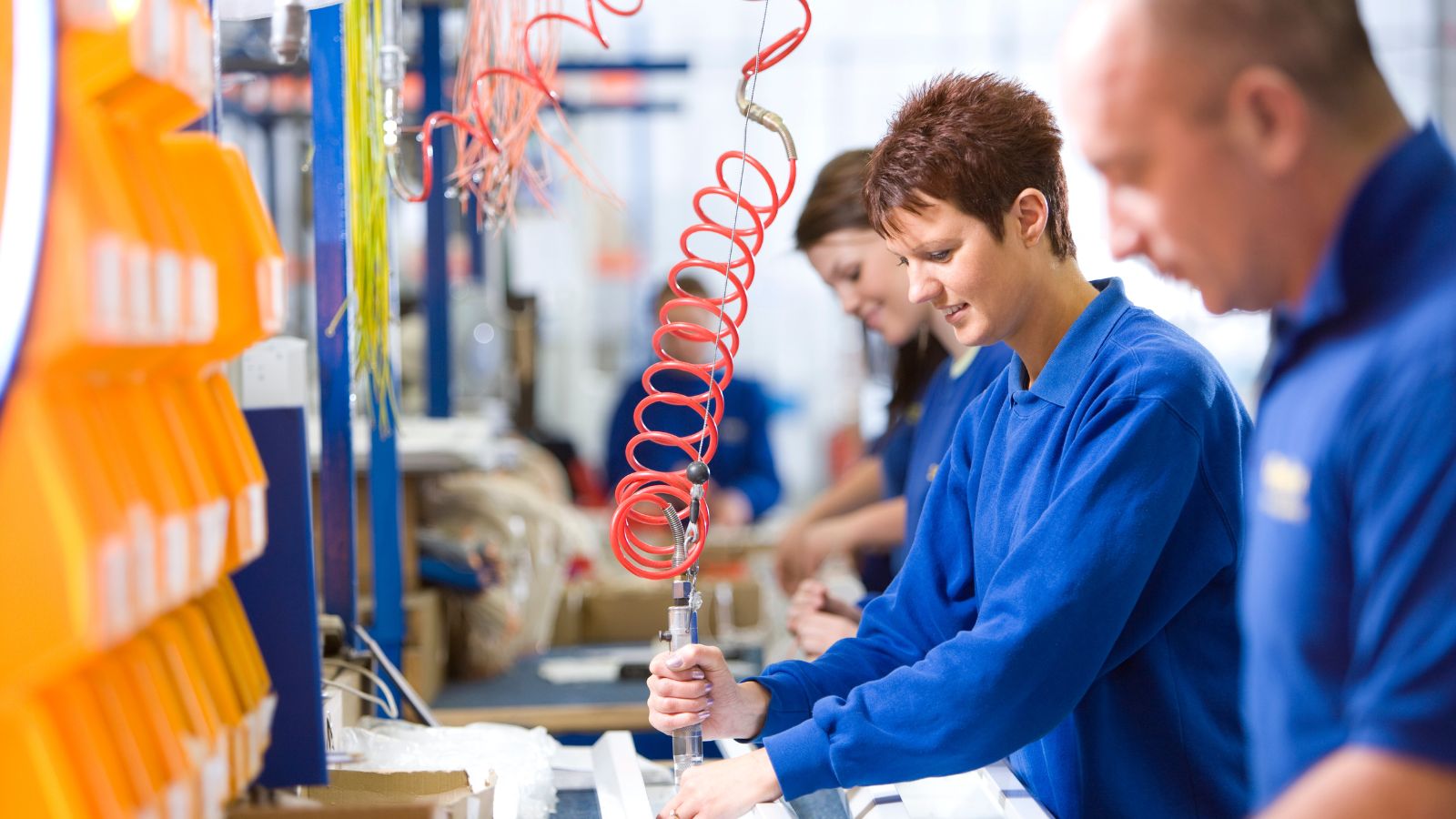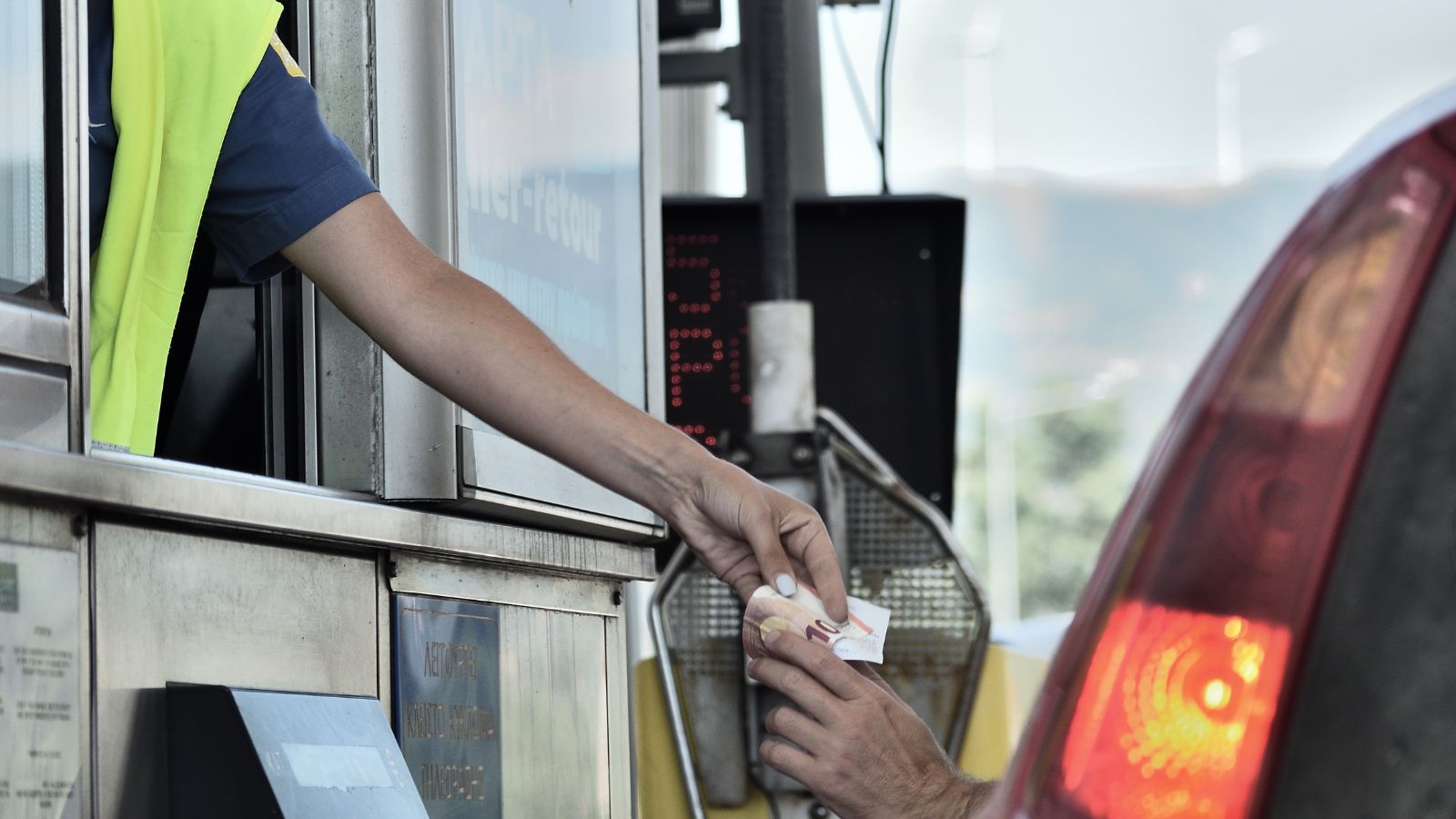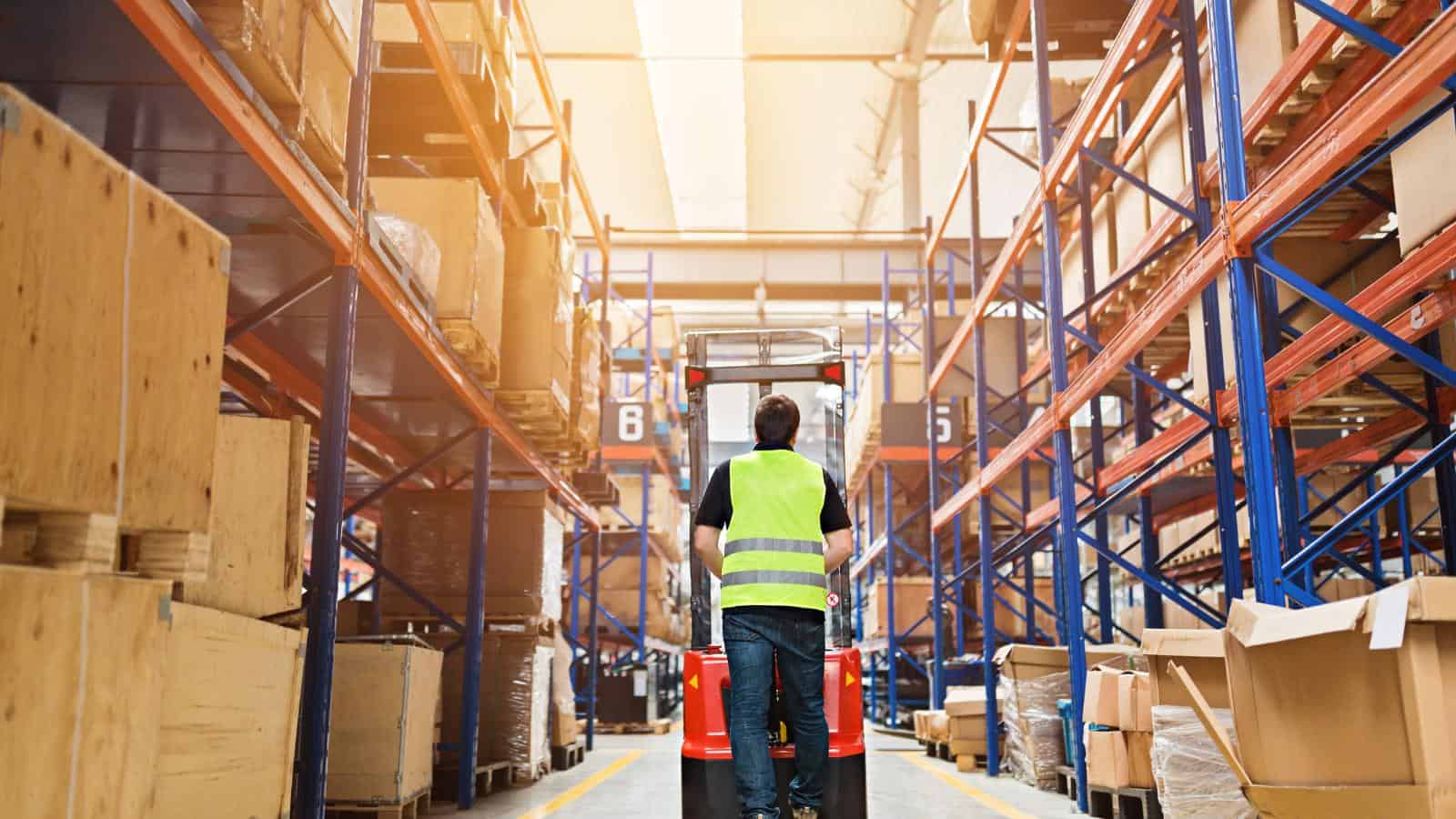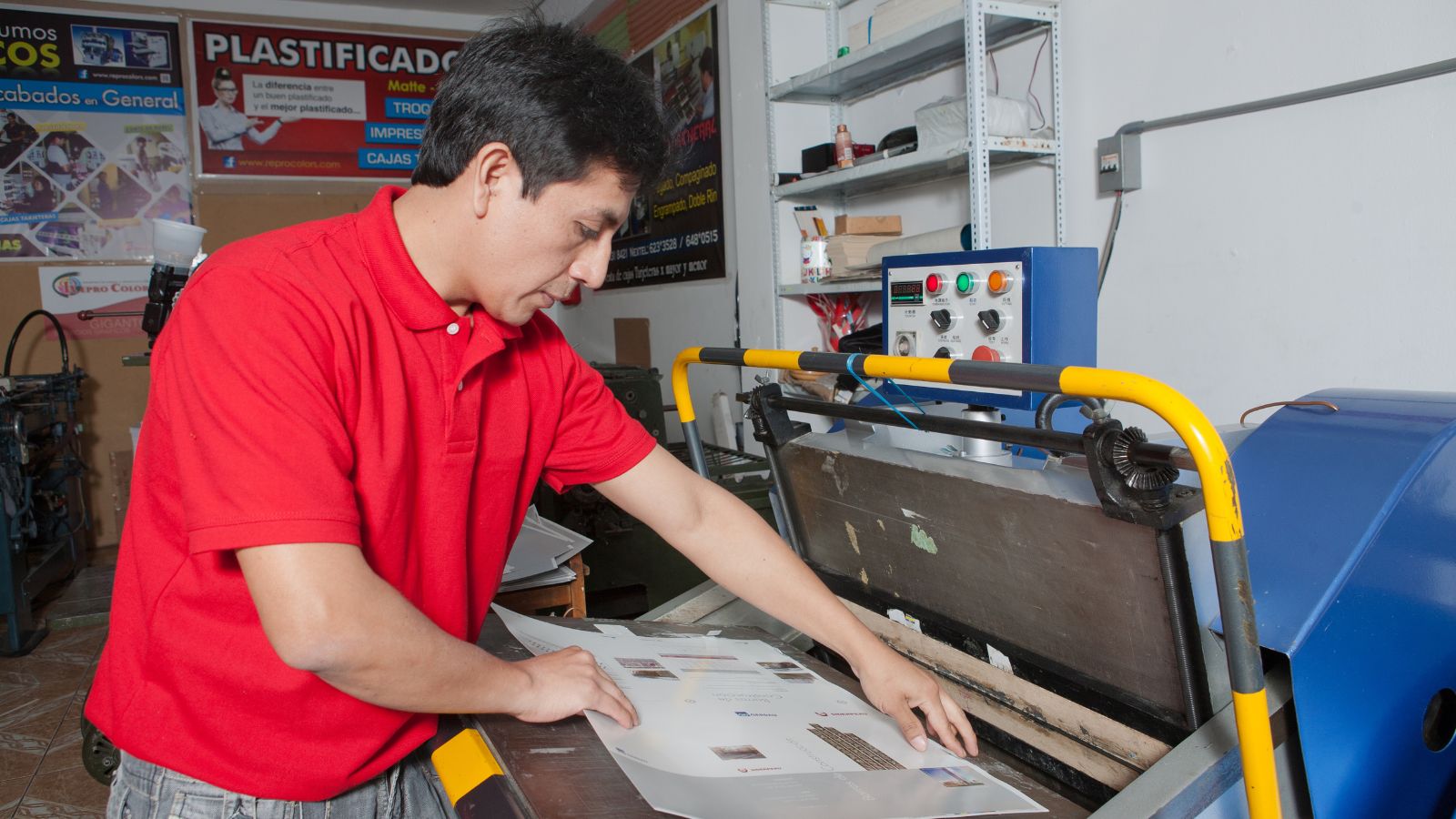The world is changing fast, and the jobs that people rely on today won’t necessarily exist in the future. Technology, automation, and shifting consumer habits are making some careers obsolete without much fanfare. While some jobs will evolve into new roles, others will quietly disappear altogether. Here are the professions most likely to vanish in the next 30 years.
Cashiers

Self-checkout lanes and mobile payment systems are taking over grocery stores, retail shops, and even fast food restaurants. Many businesses are opting for automated registers that let us scan our own items and pay without human assistance.
Contactless payments and store apps make transactions even easier, reducing the need for traditional cashiers.
Bank Tellers

A row of tellers ready to help used to be the norm when we walked into a bank, but that’s changed. Online banking, mobile check deposits, and ATMs with advanced features are making in-person banking unnecessary for most of us. Many branches have already closed due to reduced foot traffic, and those remaining are cutting staff. As digital banking continues to improve, bank tellers will become a rare sight.
Travel Agents

Years ago, booking a vacation meant sitting down with a travel agent to plan flights, hotels, and activities. Now, websites and apps make it easy to compare prices and create personalized itineraries within minutes. Most travelers prefer to book their own trips to avoid service fees and have more control over their plans.
Newspaper Reporters

Print journalism has been struggling for years as people turn to online sources for news. Social media, blogs, and digital publications deliver updates instantly, making traditional newspapers less relevant. With declining subscriptions and ad revenue, many newspapers are shutting down or operating with skeleton crews.
Taxi Drivers

Rideshare apps have already made hailing a cab on the street a rarity. But the real threat to taxi drivers is autonomous vehicles. As self-driving technology improves, companies are investing in driverless taxis that can operate 24/7 without human intervention.
Once this AI tech becomes mainstream and cost-effective, traditional taxi services will struggle to compete.
Librarians

They’ve always been valuable community resources, but the role of a librarian is changing. With so much information available online, fewer people rely on libraries for research or book borrowing.
Most have reduced staff or turned to automation, using self-checkout kiosks and digital catalogs. Libraries may still exist as community spaces, but the traditional librarian role is likely to shrink.
Postal Workers

Mail carriers used to be a daily presence in every neighborhood, but email, online billing, and digital communication have drastically reduced the amount of paper mail we receive. Package deliveries have increased due to online shopping, but private carriers are handling the lion’s share of this business.
Telemarketers

Robocalls and automated customer service systems have taken over most of the work that human telemarketers used to do. Companies use AI-driven chatbots and prerecorded messages to handle sales calls, making live phone agents redundant. Meanwhile, many of us are using call-blocking technology to avoid spam calls altogether.
Assembly Line Workers

Factories once relied on huge workforces to assemble products, but automation has changed everything. Advanced robotics and AI-driven machines now perform repetitive tasks faster, cheaper, and more accurately than human employees.
Many manufacturing plants have already switched to robotic assembly lines, further reducing the need for human labor. As technology continues to improve, even more factory jobs will disappear.
Parking Attendants

When looking for a parking spot we used to pull up to a booth and handcash to an attendant. Today, automated ticket machines and mobile payment apps have taken over that role in most garages and lots. In urban areas, sensors and smart parking systems guide drivers to open spots without human assistance.
Fast Food Workers

Self-service kiosks and robotic kitchen assistants to handle everything from flipping burgers to preparing drinks are changing the way we order a burger and fries. Drive-thru lanes are also getting an upgrade, with AI-powered voice recognition systems.
While some workers will still be needed for oversight and customer service, the overall number of fast food employees will drop as automation takes over.
Data Entry Clerks

This once-common office job is gradually fading away as technology becomes more efficient. Entering numbers and text into spreadsheets is a job that computers now do with ease. AI and machine learning algorithms are capable of processing large amounts of data in seconds, reducing the need for human input.
Software programs can now extract and categorize information without a person typing it all in.
Checkout Clerks at Toll Booths

Long lines at toll booths are already disappearing thanks to electronic toll collection systems. Many highways now use RFID transponders and license plate scanning to automatically charge drivers without stopping. States and cities are embracing cashless tolling to reduce congestion and improve traffic flow. Since fewer people are paying with cash, toll booth clerks are no longer essential, and eventually, every toll road will be fully automated.
Warehouse Packers

In massive fulfillment centers, robots are replacing human packers. Automated conveyor belts, robotic arms, and AI-driven sorting systems make it possible to package and ship goods with little human effort. Retail giants are investing heavily in warehouse automation to speed up orders.
Radio DJs

Music lovers no longer have to rely on traditional radio stations for their favorite tunes. Streaming services and AI-driven playlists offer personalized listening experiences without commercial interruptions. Many stations have cut back on live DJs, using prerecorded segments and automated music rotations instead. The traditional DJ role is fading in favor of digital alternatives.
Print Designers

With most advertising, publishing, and marketing shifting to digital platforms, demand for print materials has declined. Print-focused graphic designers are facing a shrinking job market. Companies now prioritize web design, social media content, and digital branding over traditional print ads and brochures.
Ticket Sellers

Do you remember standing in line to buy a ticket for a movie, concert, or sporting event? Hang on to that memory, because it’s becoming a thing of the past. Online booking platforms and mobile ticketing apps let people purchase and scan their tickets right from their phones.
Venues and theaters are adopting self-service kiosks and digital check-ins, making in-person ticket sellers unnecessary. This job will soon be entirely replaced by technology.
Farmers Using Traditional Methods

Agriculture is evolving rapidly, and traditional growing methods are being replaced by automation and precision technology. Drones, AI-driven irrigation systems, and robotic harvesters are making farming more efficient. The number of workers needed for manually planting, watering, and harvesting crops will decline.
